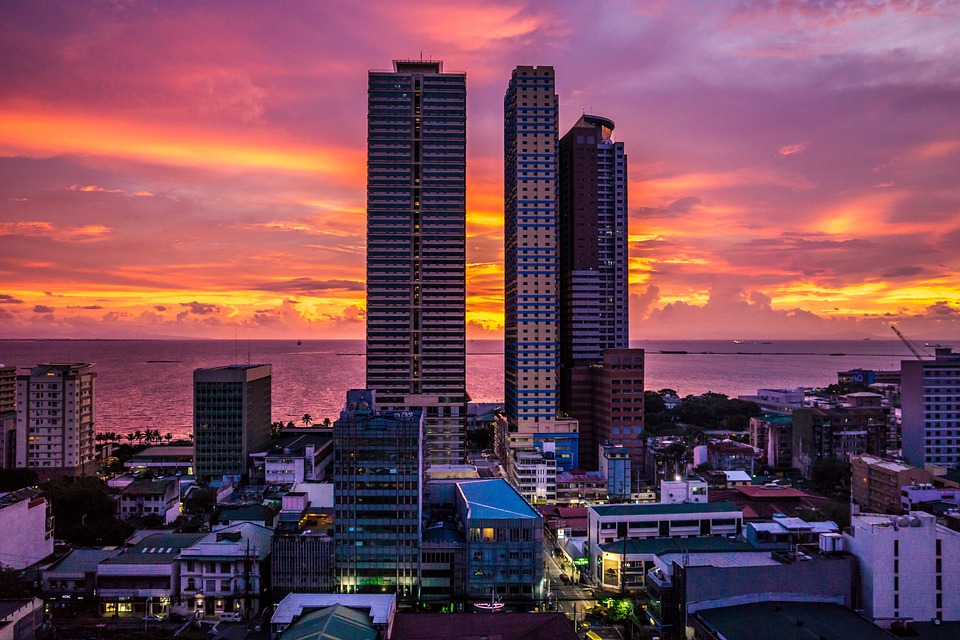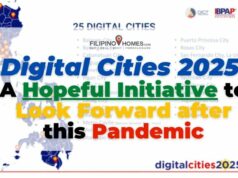To better understand the economic downturn brought by the COVID-19 pandemic, we need to take a look at the different economic crises Philippines has gone through in the recent history.
Asian Financial Crisis [1997–1998]
The Asian Financial Crisis, which destabilized the Asian economy and then the world economy at the end of the 1990s, began in Thailand and then quickly spread to neighboring economies. It involved currencies collapsing and soaring interest rates [1]. As a result, condominium prices declined to 14 percent and office rents dipped by 16 percent.
In 1998, GDP of our ASEAN neighbors dropped dramatically — in Indonesia by 13.2 percent, Thailand by -10.4 percent, and Malaysia by -7.5 percent. In the Philippines, however, GDP dropped only by -0.5 percent [2]. The PH economy’s resilience during this time was attributed to the regulatory reforms adopted by the Central Bank following the domestic financial crisis triggered by the political and economic turmoil following the assassination of Benigno Aquino, Jr. in 1983. Measures conducted to strengthen our banking system and forestall similar financial pressures in the future paid off well for us by the time the Asian Financial Crisis hit us in the late 1990s [3, 4].
The Central Bank has imposed limits on banks’ lending to the real property sector in the aftermath of the domestic financial crisis in the 1980s. This, along with the Filipino developers’ financing approach of prominently funding their projects by preselling (rather than borrowing heavily from banks to construct their buildings), provided additional safeguards against a possible real estate bubble induced financial crisis [4].

Global Financial Crisis [2007–2008]
The Philippine real estate industry was generally growing since the early 2000s and stabilized in 2003, primarily due to an unmet demand for housing, increasing household incomes for middle class families, as well as the reforms to relax the land ownerships. The upturn in the housing sector was driven by remittances from overseas Filipino workers (OFWs), momentarily dipping during the global financial crisis (GFC) [4].
Asian countries weren’t as severly affected during the GFC, which resulted to a quick, V-shape recovery. The BPO sector, however, halted expansion plans. Residential transactions also declined, but the values were generally maintained [5].
The PH economy bounced back stronger from 1.2 percent in 2009 to 7.6 percent in 2010. This increased investor confidence, manifested as sporadic construction of condominium, commercial and office buildings.

“The Great Lockdown” of 2020
The “Great Lockdown”, as what IMF calls the current economic downturn, refers to the severe and global recession, arising as an economic consequence of the ongoing COVID-19 pandemic. In its April 2020 World Economic Outlook, IMF projected the global economy to contract sharply by –3 percent in 2020, much worse than during the 2008–09 financial crisis. This financial crisis is the biggest crisis the world has confronted since World War II and the biggest economic disaster since the Great Depression of the 1930s [6, 7].
Despite this threat, the Philippines remained resilient and optimistic. The country has been cited by The Economist among the emerging countries with the highest level of “financial strength,” ranking 6th among selected emerging economies in the world and the best among those ranked from Southeast Asia. This suggests that the country has the confidence of the international community, which will go a long way in helping us finance our COVID-19 response measures and help us attract investments and create jobs on our road to recovery.
JLL’s comprehensive research of the property market in Metro Manila for 1Q2020 also showed a mixed performance across asset classes due to the impact of COVID-19. Industry experts remain optimistic, saying it is still a good time to invest in rental properties.
If you’re considering investing, experts suggest going for a property in townships. These are probably the most pandemic-ready among developments.
READ: Filipino Homes Plus to introduce homes that are designed for new normal living





